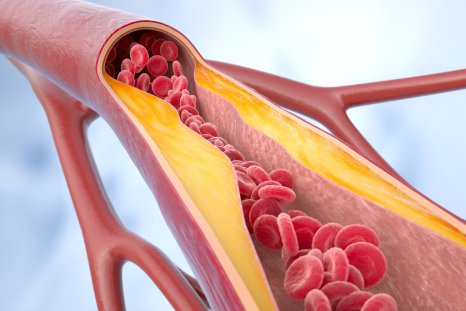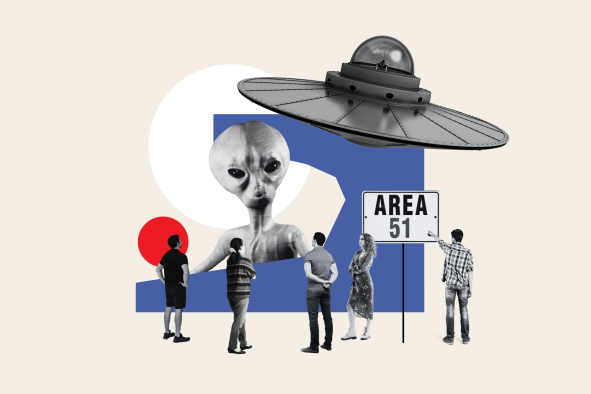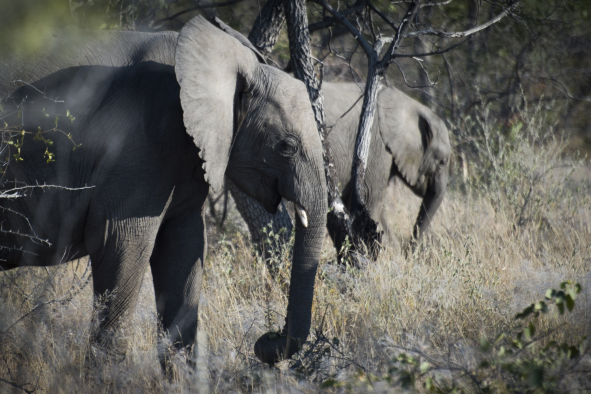A rare astronomical sight known as a full supermoon will light up the night sky later this month—the second in a series of four this year.
As if that wasn't enough of an astronomical treat, the September full moon, otherwise known as the Harvest Moon, will be accompanied by a partial solar eclipse, where a chunk of the moon falls into the Earth's shadow.
Worried you're going to miss it? Don't fret. You'll be able to catch more supermoons in October and November.
How to see the September supermoon and partial lunar eclipse
The Moon will hit its fullest point at 10:34 p.m. EDT on the day. If you're on the East Coast, it will rise to the east around 7 p.m. and should hang about in the sky until almost 6 a.m. the next morning.
For viewers on the West Coast, this will occur at 7:34 p.m. PDT. Here the moon will only get above the eastern horizon about half an hour before it becomes full and will sink in the west at around 6 a.m.
An optical illusion means the supermoon tends to appear most striking at moonrise or moonset, when it's close to the horizon.
"During the twilight, the residual solar light scattered all around by our atmosphere allows us to admire the scenery, while the full moon rises or sets," Gianluca Masi, an astronomer from the Virtual Telescope Project, previously told Newsweek.
"Furthermore, at its rise and set the moon appears behind monuments and elements of the landscape, generating the feeling that its disk is larger than usual. But this is just an optical illusion resulting from the presence of those terrestrial elements in the line of sight that our brain uses for comparison."
The partial lunar eclipse will begin on the East Coast at 8:41 p.m. EDT on Sept. 17 and end at 12:47 a.m. EDT on Sept. 18. It will reach its maximum at 10:44 p.m., just 10 minutes after the full moon.
On the West Coast, the eclipse kicks off at 6:55 p.m. and ends at 9:47 p.m. on Sept. 17. The maximum will therefore occur at 7:44 p.m.
Provided the weather stays clear, the supermoon should be easily visible in the sky, so there's no need for any specialist equipment. If possible, try getting out of the city for the night, as the bright lights and buildings can obscure your view.
What is a supermoon?
"Supermoon" is not a scientific term but a popular one, coined by astrologer Richard Nolle in 1979 to describe full moons that occur when the moon is closest to Earth.
Like most celestial objects, the moon's orbit around Earth is not a perfect circle; instead, it's slightly elliptical. Supermoons happen when a full moon coincides with the moon's closest point to Earth, known as perigee, around 226,000 miles away from us.
Conversely, at apogee—the moon's furthest distance from us—the moon is around 253,000 miles away.
Nolle defined a supermoon as a full moon occurring within 90 percent of perigee.
During a supermoon, the moon appears up to 14 percent larger and 30 percent brighter than it does at its farthest point. This size difference is roughly the same as comparing a nickel to a quarter. Compared to an average full moon, a supermoon is about 8 percent larger and 15 percent brighter.
Supermoons can occur multiple times a year because the moon's orbit and its phases often align. However, some supermoons are more pronounced than others, depending on how closely the full moon aligns with perigee. Additionally, perigees can vary in distance depending on the moon's orbital shape at the time.
What is a partial lunar eclipse?
A partial lunar eclipse occurs when the Earth moves between the sun and the moon, but the alignment isn't perfect.
As a result, only a portion of the moon enters Earth's shadow—known as its umbra—causing part of the moon to darken while the rest remains illuminated by sunlight.
"This year's September full moon will just pass through the shadow of the Earth, resulting in a partial eclipse that will be visible from the UK and Europe, Africa and across the America's," Darren Baskill, a physics & astronomy lecturer at the University of Sussex, UK, told Newsweek.
"Only 10 percent of the Moon will pass through the dark umbral shadow of the Earth, however, and so during the middle of the eclipse we will see just a small bite missing from the Moon as it hides in the shadow of the Earth."
What is the Harvest Moon?
The term Harvest Moon has nothing to do with the moon itself, but rather its timing at the beginning of autumn.
At this time of year, farmers in the Northern Hemisphere are harvesting crops before the winter. Before electricity they would use the bright light from the full moon to harvest their crops late into the night, according to NASA.
The January full moon was called the Wolf Moon, the March moon the Worm Moon and last month's was called the Sturgeon Moon.
Do you have a tip on a science story that Newsweek should be covering? Do you have a question about supermoons? Let us know via science@newsweek.com.
Disclaimer: The copyright of this article belongs to the original author. Reposting this article is solely for the purpose of information dissemination and does not constitute any investment advice. If there is any infringement, please contact us immediately. We will make corrections or deletions as necessary. Thank you.



